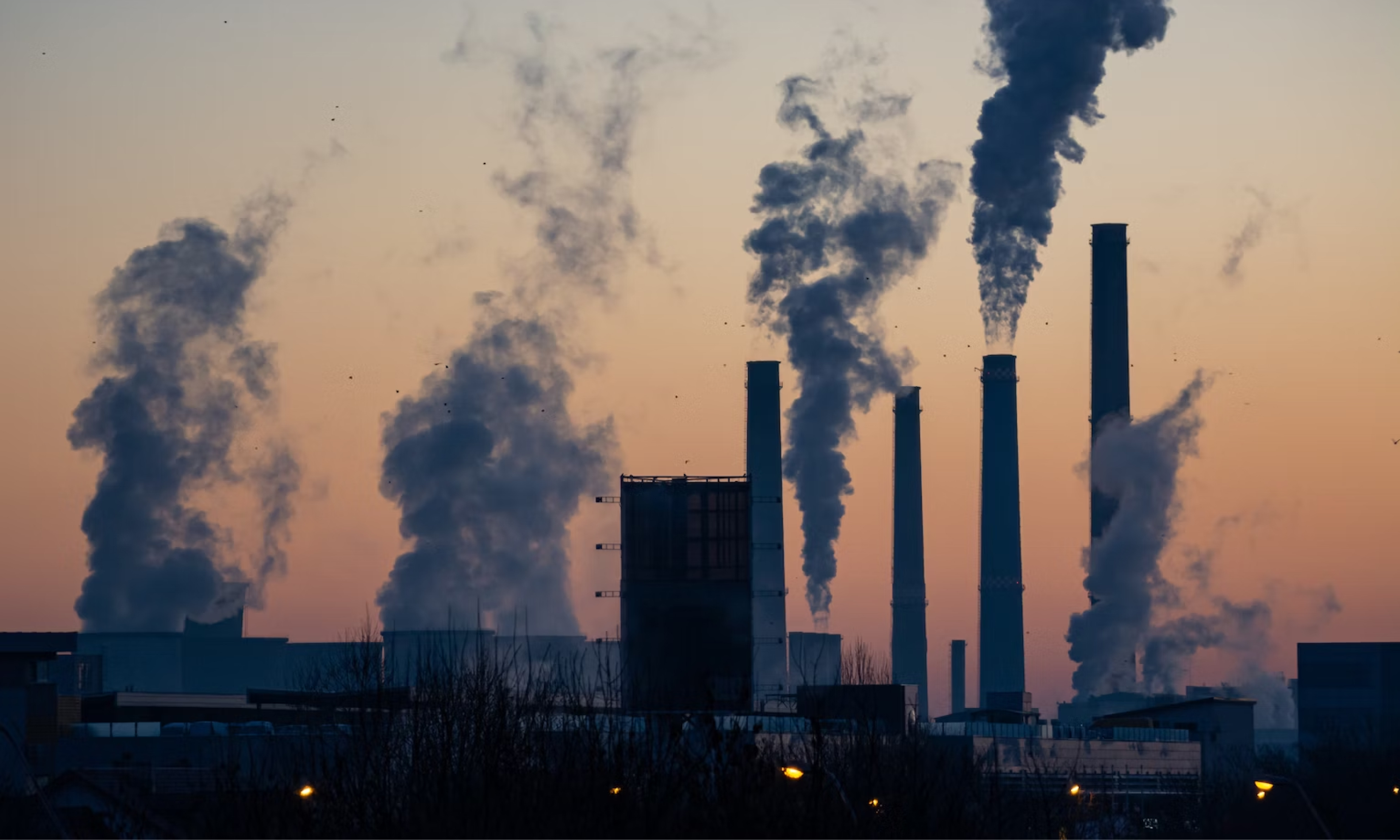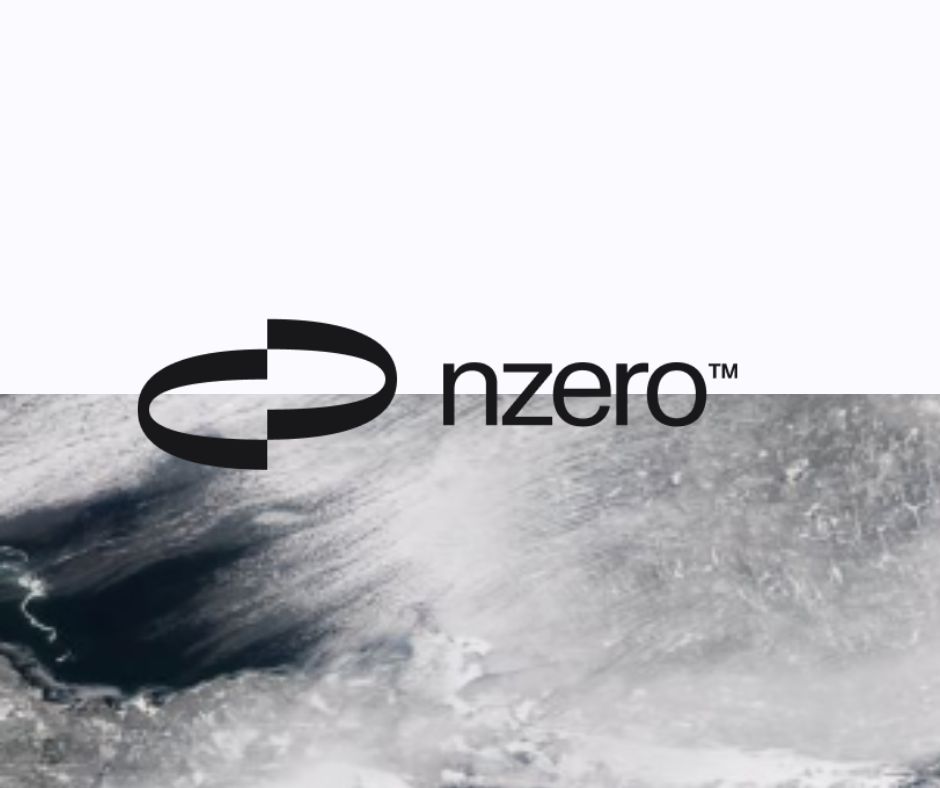Comparing the U.S. and EU Regulatory Landscapes
In Europe, policy ambition has made energy-related emissions a core compliance issue. The EU Emissions Trading System (EU ETS) imposes a carbon price—averaging around €70–€90 per ton of CO₂ in 2024—on industrial energy use, incentivizing companies to switch to lower-carbon fuels and improve efficiency. The CSRD, coming into effect in phases from 2024 to 2028, will require over 50,000 companies to disclose detailed energy consumption, emissions, and reduction plans using the European Sustainability Reporting Standards (ESRS) (EU Commission).
In the U.S., while there is no federal carbon tax, the Inflation Reduction Act has introduced over $369 billion in clean energy tax credits and incentives, pushing corporations to adopt solar, wind, green hydrogen, and energy storage. States like California and New York are also implementing Cap-and-Trade systems and strict building energy codes. The U.S. Securities and Exchange Commission (SEC) is finalizing a rule that would require public companies to disclose energy-related emissions, including Scope 2, as part of climate-related financial risks (SEC Climate Rule).
Thus, while the EU relies more heavily on compliance mechanisms and penalties, the U.S. approach leans on incentivization and voluntary alignment—though this distinction is narrowing as regulatory and market pressures intensify.
Energy Efficiency and Electrification as Strategic Priorities
In both regions, companies are deploying energy efficiency and electrification as foundational decarbonization strategies. According to the International Energy Agency (IEA), energy efficiency improvements alone could deliver more than 40% of the emissions reductions needed to meet the Paris Agreement goals.
In Europe, industrial firms like Siemens and BASF are implementing smart manufacturing systems, heat recovery, and electrification of heat processes. Retailers such as IKEA have transitioned their logistics fleets to electric or biofuel alternatives and electrified nearly all their store heating systems in Scandinavia.
In the U.S., corporations such as Walmart, Microsoft, and Amazon have committed to electrifying their building portfolios and fleet vehicles. For instance, Amazon has deployed over 10,000 electric delivery vans in partnership with Rivian and plans to fully decarbonize its last-mile delivery fleet by 2040 (Amazon Sustainability). Data center operators like Google and Meta are also investing in direct air cooling, advanced controls, and renewable power purchasing to reduce energy intensity per unit of compute.
The cost-competitiveness of renewable electricity, paired with smart energy management, makes this pathway both environmentally and financially beneficial. The levelized cost of electricity (LCOE) for solar PV in the U.S. dropped to around $30/MWh in 2023, undercutting fossil fuels in most regions (Lazard 2023 LCOE Report).







